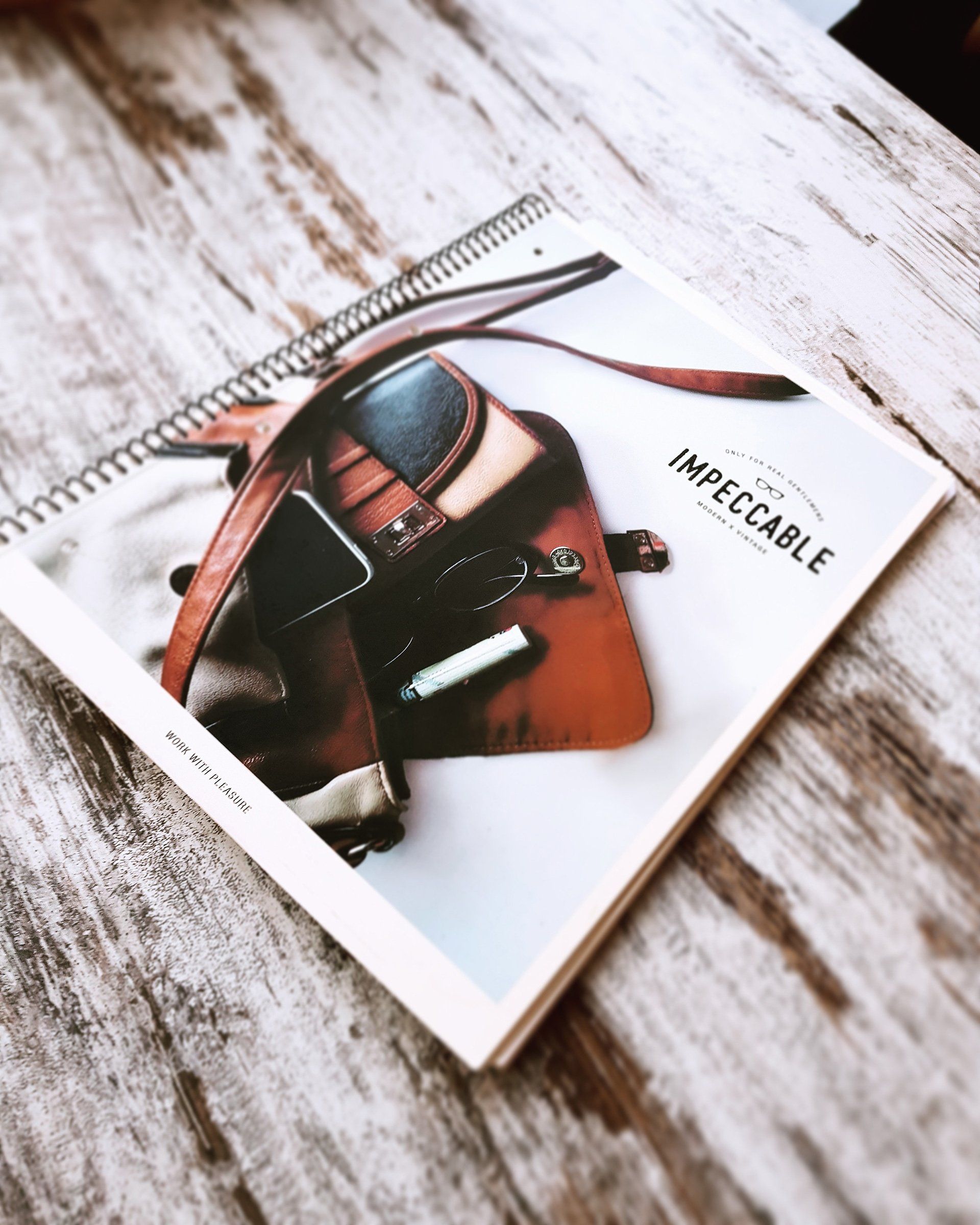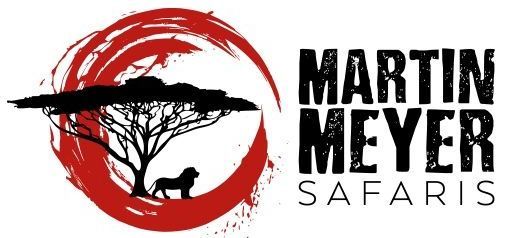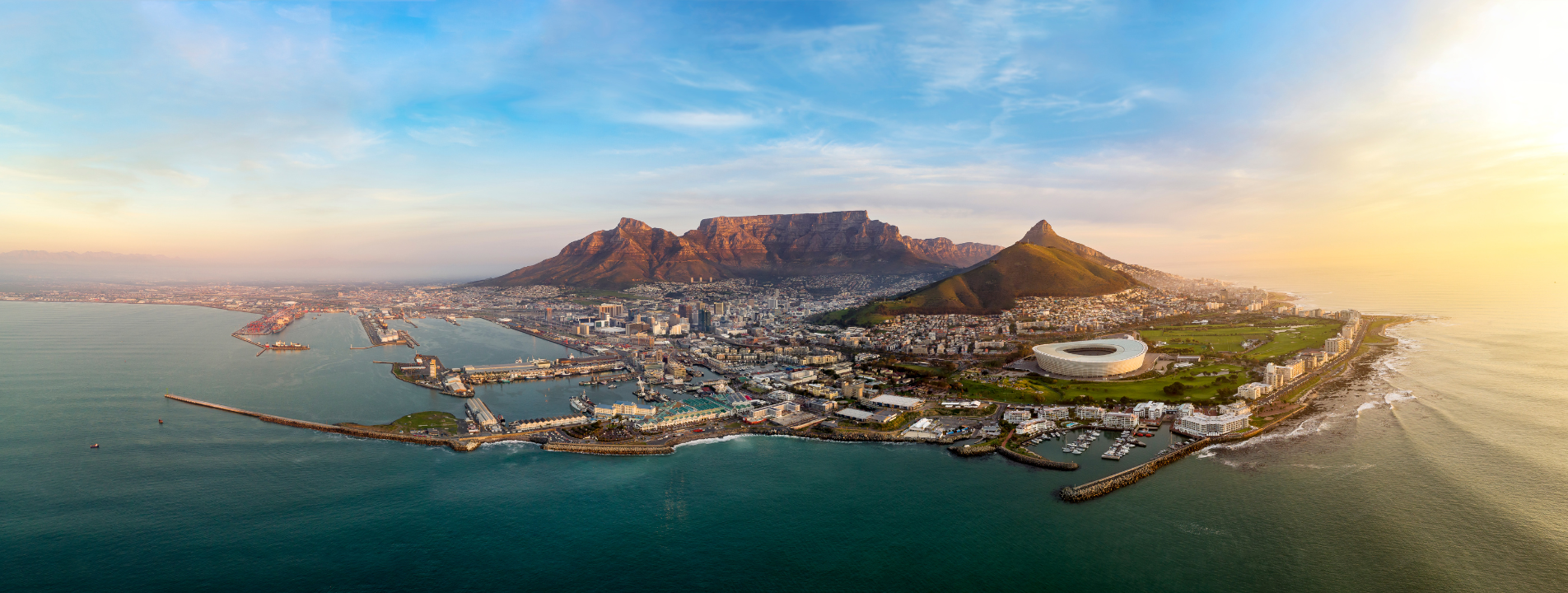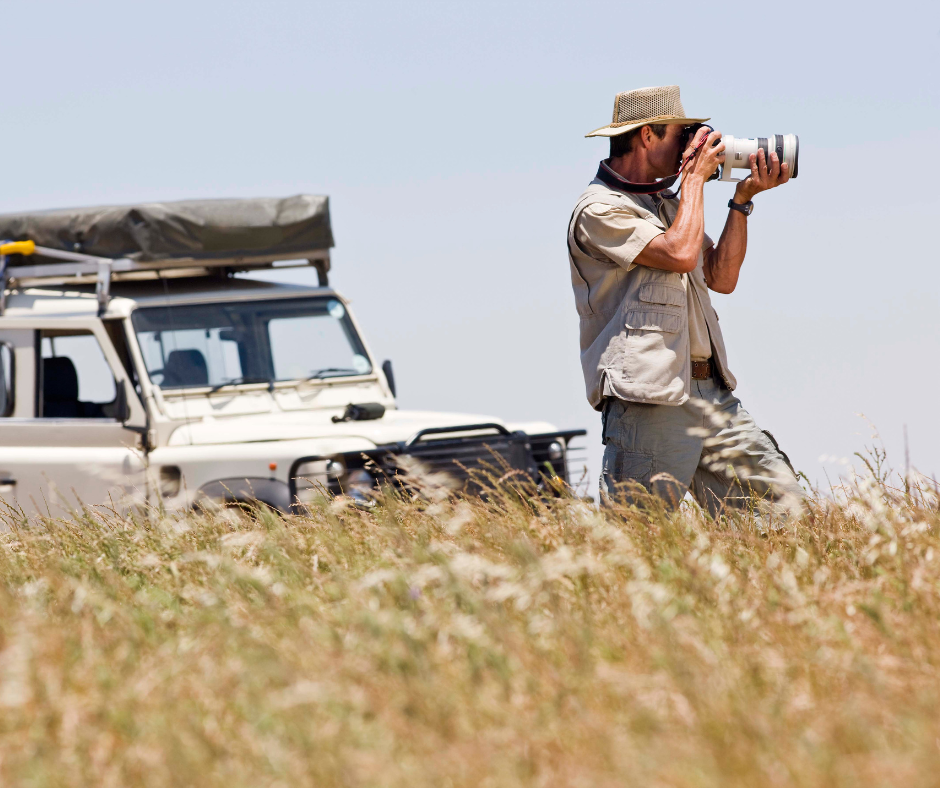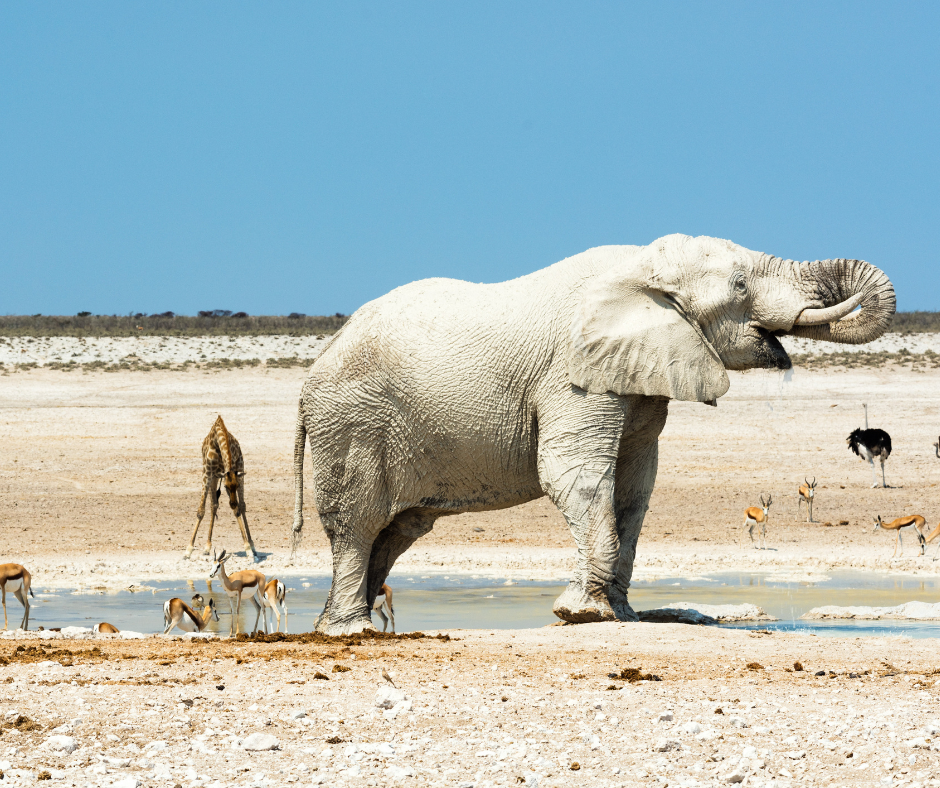Why do we Dehorn Rhino ?
Why We Dehorn Rhinos—By Martin Meyer, Owner and Veteran Specialist Safari Guide, Martin Meyer Safaris
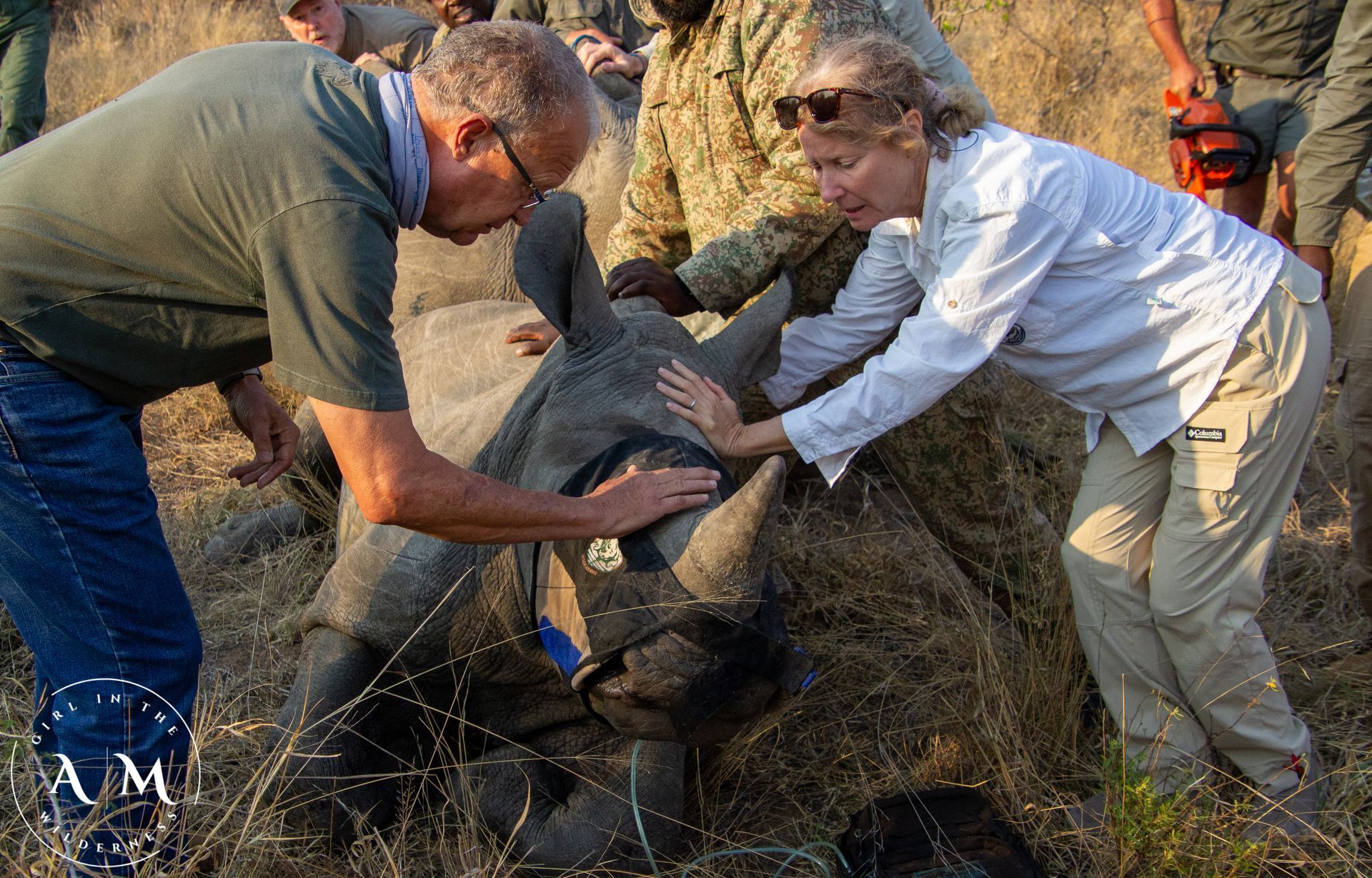
As a private specialist guide and Conservationist - I have dedicated my life to the wilderness regions of Southern and East Africa. I have guided safaris through some of the most rugged and beautiful terrain that exists on the continent. I have also spent countless hours tracking wildlife on foot, specifically Rhinos - just to make sure that they are ok and still alive.
Key Takeaways;
1. Rhino Populations Remain Under Threat
Despite falling poaching rates, Africa’s rhino populations declined 6.7% in 2024. White rhinos dropped 11.2%, proving urgent action is vital.
2. Rhino Dehorning Is a Proven, Life-Saving Conservation Tool
Dehorning rhinos reduces poaching by up to 90% when combined with patrols. Though horns regrow, trimming saves lives and protects breeding rhinos.
3. Community Education and Employment Are Essential
Lasting rhino conservation requires more than patrols. Investing in education, jobs, and communities tackles the roots of poaching in South Africa.
4. Conservation Safaris Directly Fund Rhino Protection
Join a Conservation Safari with Martin Meyer Safaris. Your trip funds anti-poaching patrols, rhino dehorning, ranger training, and community upliftment.
5. Horn Trimming Offers Hope for the Rhino Crisis
Rhino dehorning isn’t perfect, but it buys time for survival. With 250+ operations, Martin Meyer has personally seen that this strategy keeps rhinos alive today.
Why are Rhinos Special ?
There is nothing quite like tracking and walking a white rhino on foot. Tracking Black Rhino, well that is a different story entirely - and I have some painful tree climbing memories to prove it - but that's a story for a different day.
Spending so many hours with these magnificent beasts either on foot or from a vehicle always brings back the same flood of emotions, specifically being humbled at how small we as humans are in comparison.
It is the slow, heavy movement, the purposeful grazing of a white rhino bull, or the grazing of black rhino, alongside the slow almost romantic courtship displays and unique vocalizations of a crash of rhino at a waterhole after dark that adds to the magic. For me it always remains mysterious and sometimes inexplicable in its show of ancient power and wisdom. It gets under your skin. If you have been on safari, you know exactly what I am talking about - seeing a rhino is always a special memory to treasure.

During my tenure in the bush, I have also been unfortunate enough to see what destruction a poaching syndicate can do to a single species. I have stood over countless poached carcasses. A senseless death, a hacked up body, sometimes more than one. Blood in the dust, No Horn, No Dignity - just silence and death.
This is the reality of conservation that you will never see in a brochure or on an itinerary. Its brutal, and its unnecessary. It is in an effort to curb this relentless slaughter that certain reserves have made the hard decision to dehorn their rhinos in an effort to keep them alive.
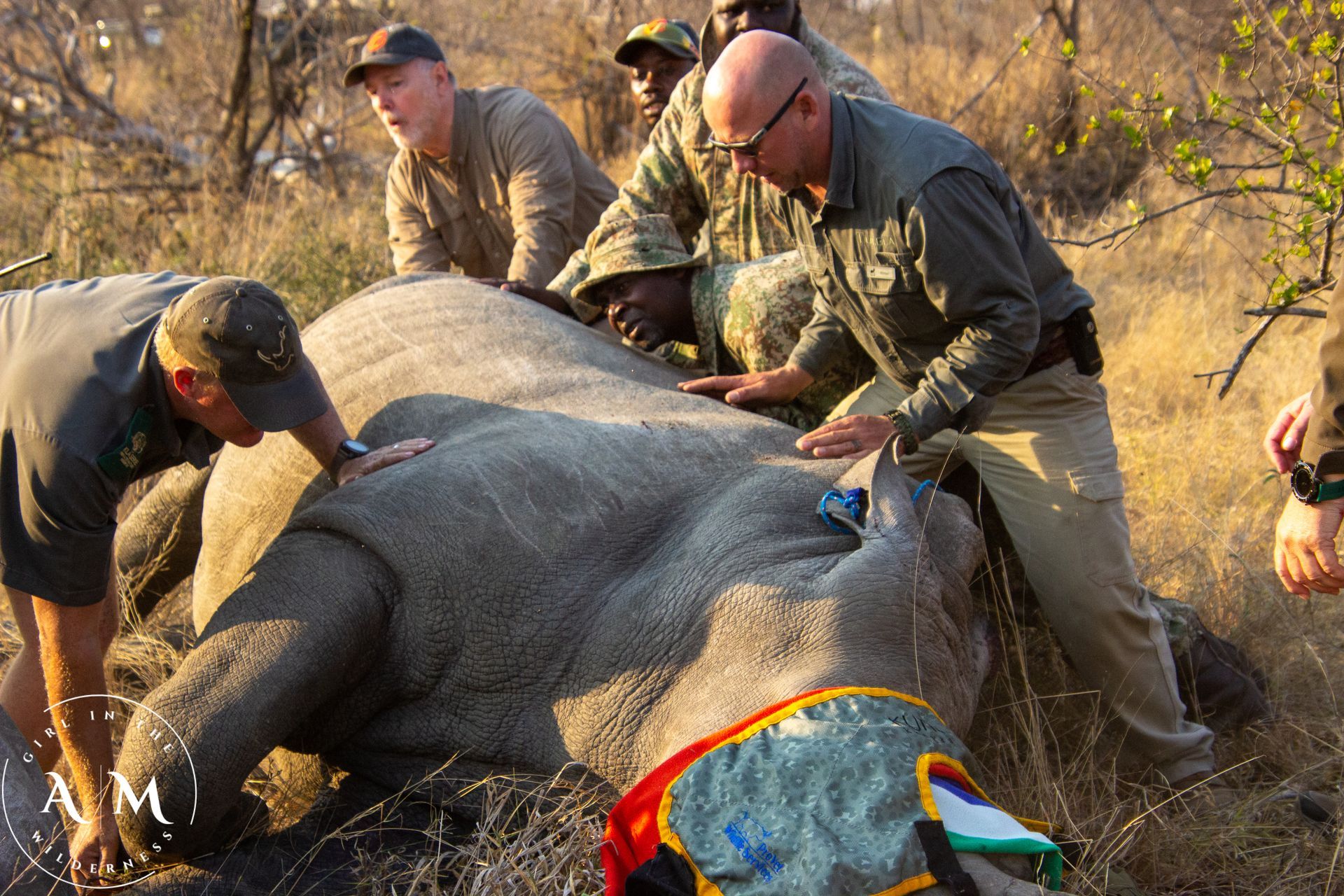
Why do we dehorn rhinos ?
The short answer, is because we have no choice.
Rhino horn is worth more than gold or platinum on the black market - up to US$ 60,000.00 per kilogram, for those of you reading in metric - here is the maths :
1 kilogram (kg) is equal to 2,20462 pounds (lb), so US$60,000.00 per Kilogram is roughly US27,200.00 per pound.
A fully grown horn on average can weigh between 4 & 8kg in both male and female rhino.
Depending on demand and region, a single horn can fetch hundreds of thousands of dollars. This kind of money fuels a ruthless and organized global illegal wildlife trade. Driven by myth, greed and status in parts of Asia, the demand feeds a billon dollar black market trade industry annually. The killing starts here, on African soil.
The harsh reality however starts at grassroots level. Poverty, lack of education, lack of job opportunities and sheer desperation in communities surrounding these wild spaces makes it easy for syndicates to target the most desperate people in these regions. When a person is simply trying to feed their family and survive and they are offered a massive payday by a syndicate that could change their circumstances - the temptation is real.
This is the frontline, where we are mitigating human wildlife conflict at this most base level.
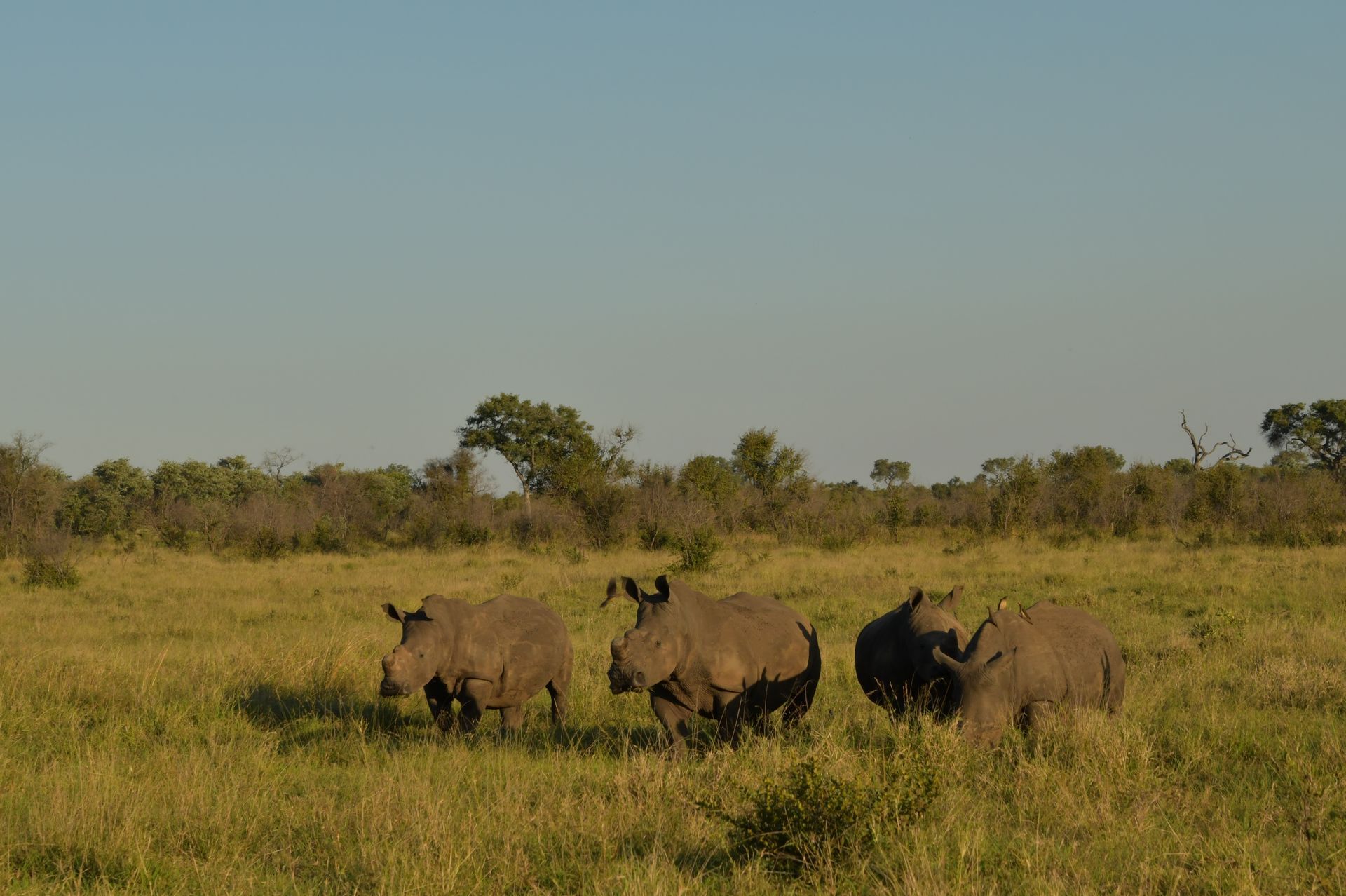
What does Dehorning Rhinos involve ?
Horn trimming, or Dehorning is not the ultimate answer to poaching. It is one tool amongst many in the conservation toolbox which includes boots on the ground, aerial patrols, sniffer dogs, intelligence networks and community engagement. It is however a tool that works.
- Process: Rhinos are located via aerial patrols and sedated by a veterinerian from the air. The horn is then cut or trimmed just above the sensitive base - much like trimming a fingernail. The expert vets and conservation teams ensure the procedure is safe, quick and sterline.
- Effectiveness: When combined with strong anti-poaching patrols, horn trimming often cuts poaching rates by between 50 & 90 %. This is especially true in smaller fenced reserves.
- Regrowth: Horns grow back at a rate of approximately 2-3cm per year, this means that we need to trim horns every 12 to 24 months. This is a recurring effort but one that buys vital time for rhinos to breed and allow populations to recover.
Dehorning on its own will never solve the poaching crisis, however as part of a broader strategy it is one of the most reliable, direct and immediate ways to save rhino lives at present.
You can also read about the dehorning experience here.
What does the media not show you ?
There is an idea that conservation is all action, rangers in camouflage, gunfights at full moon and dramatic helicopter rescues. This is only the "sexy" side of conservation. Rangers in tight pants sell and garner donations.
What really matters and is rarely shown, is the unwavering dedication by conservationists, long days in high temperatures. Broken Vehicles, and working with local schools and communities to improve their situation. Showing children their first ever rhino and explaining why it matters - this is where the real change begins.

Martin Meyer Safaris Commitment to Conservation
This work and passion is not just mine. Antje and I, alongside our partners, wildlife vets, researchers, rangers, bush pilots and K9 units are in this together. Through our conservation safaris we are allowing a select number of people to fight this fight alongside us. We will continue to advocate to change the narrative on human-wildlife conflict and poaching
We believe that conservation cannot succeed unless people are part of it. The bigger picture is not just about saving Rhinos, it is about creating jobs, supporting education and the upliftment of local communities. With all of these boxes ticked it allows communities to see that protecting wildlife is in their best interests too.
We need to stop seeing rhinos as trophies and start using them to change the narrative of a larger story; a story that includes :
- Grassroots education at schools and tertiary facilities
- Local long term job creation with in our ecosystems at risk
- tourism endeavours that directly funds vital conservation work and not just a media strategy or marketing ploy
- International pressure to shut down illegal wildlife trade
This is not just about wildlife. It is about our people, our communities and our wilderness regions.
My Promise to Conservation
I will keep fighting for these animals as long as I am able. I will continue guiding safaris that show guests the raw beauty of Africa and as a company we will continue doing the hard unglamorous work behind the scenes that doesn't make headlines but makes a difference.
As a conservation first safari company - our role is to tell the stories and show the real Africa - to spread the real message far and wide. I was privileged enough to meet Sudan in August 2016, the last remaining white rhino male, before he died of age related issues. My personal take away from this encounter, without any anthropomorphism, was one of a long-lived battle - if it wasn't for the heros of Ol Pejeta Conservancy, we would have lost him much sooner. My team and I will work tirelessly to preserve the southern white rhino populations - so that they may never befall the same fate as the northern white rhino.
Privately Guided Conservation Safaris
Since 2013 I have been on the ground for more than 150 dehorning operations, and I hope to bring this number higher each year. Through our dedicated Privately Guided Conservation Safaris you can be a part of this lasting legacy. This is what helps us, as conservationists on the ground to keep going, to keep telling the stories and to keep combating this war.
While rhinos have become the "poster" child for what we define as poaching, we must never overlook the peril facing the other creatures, flora and ecosystems that do not have the same marketing clout as rhinos.
- Pangolins: the Temminck's ground pangolin is the most trafficked mammal on earth. More than one million have been poached over the last decade.
- African Wild Dog and the Southern Ground Hornbill face relentless persecution and habitat loss - leaving populations fragmented and vulnerable.
- Critically Endangered Vultures: are disappearing fast, including the White-Headed, Hooded, White-Backed and Rüppell's vultures. Poisoning at poaching sites, where carcasses are laced with toxins to silence scavengers is a major threat.
Conservation for me, is not about defending symbols, it is simply about safeguarding ecosystems, species and protecting our local communities from collapse.
Dehorning is not an ideal solution - but for now it is better to dehorn than it is to find another mutilated rhino carcass in the dust. This is the choice we face, and I choose to protect a species, an ecosystem and the people living alongside them.
I leave you with this parting thought ;
"Wildlife is something which man cannot construct. Once it is gone, it is gone forever. Man can rebuild a pyramid, but he can't rebuild ecology or a giraffe" - Joy Adamson
Frequently Asked Questions
Why do conservation teams dehorn rhinos?
Dehorning is a proactive, non-lethal way to protect rhinos from poachers. By removing the horn—which regrows naturally—conservationists make rhinos less attractive to poachers, dramatically reducing the risk of injury or death.
Does dehorning hurt the rhino?
No. A licensed wildlife veterinarian sedates the animal and uses specialized equipment to trim the horn above the growth plate, just like cutting human fingernails. The procedure is quick, painless, and carefully monitored to minimize stress.
How often must a rhino be dehorned?
Because a rhino’s horn grows about 4–8 cm per year, most individuals need the procedure repeated every 18–24 months to maintain protection.
Does removing the horn affect a rhino’s behavior or survival?
Research shows dehorned rhinos continue to graze, mate, and defend themselves normally. They still have a small stump for sparring or digging and can thrive in the wild without a full horn.
Is rhino dehorning a permanent solution to poaching?
Dehorning is an effective deterrent but not a standalone fix. It works best alongside strong anti-poaching patrols, community involvement, and global demand-reduction campaigns to protect the species long-term.
Have you always dreamed of going on safari but don't know where to start ?
We offer a complimentary 1 hour safari consultation call to simplify the process.

